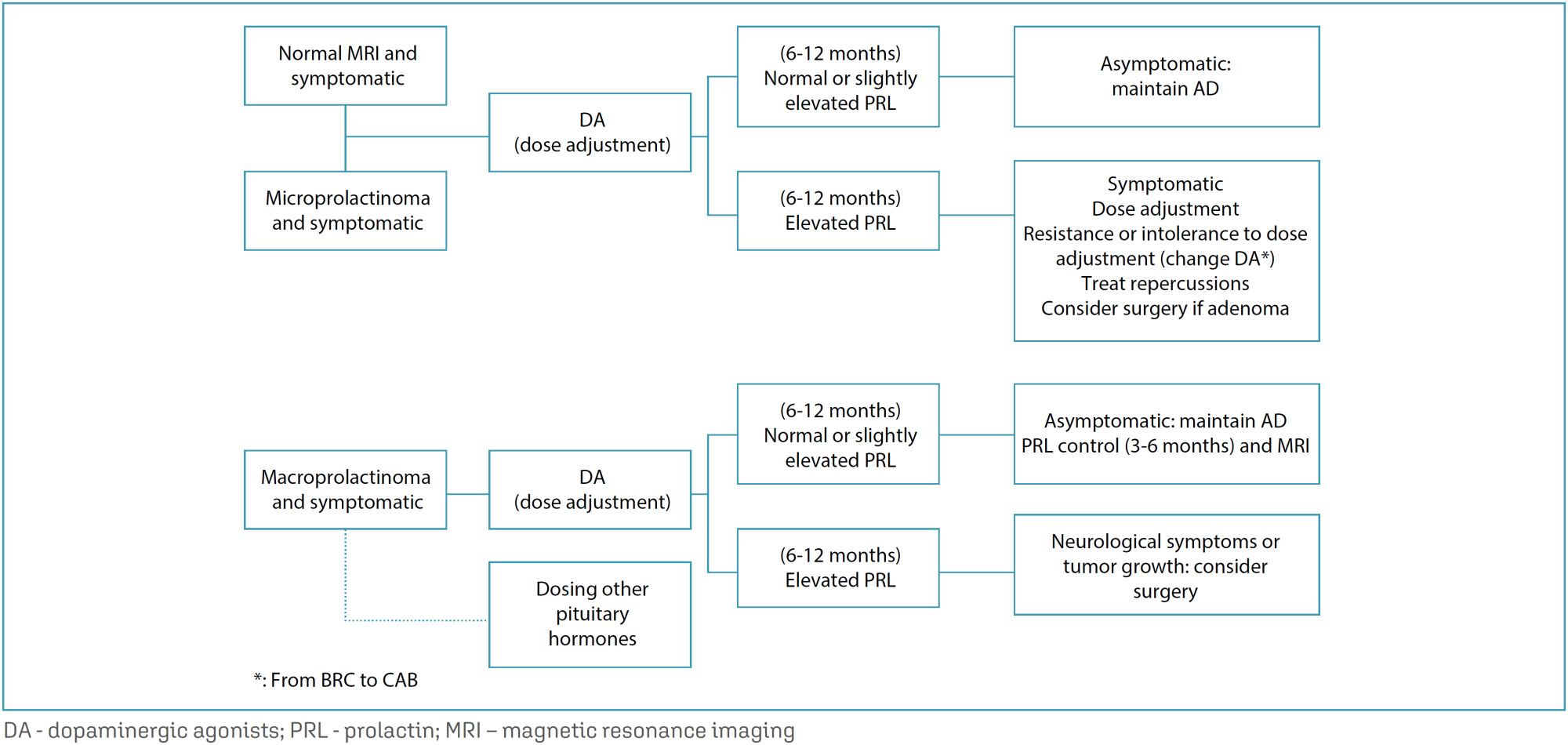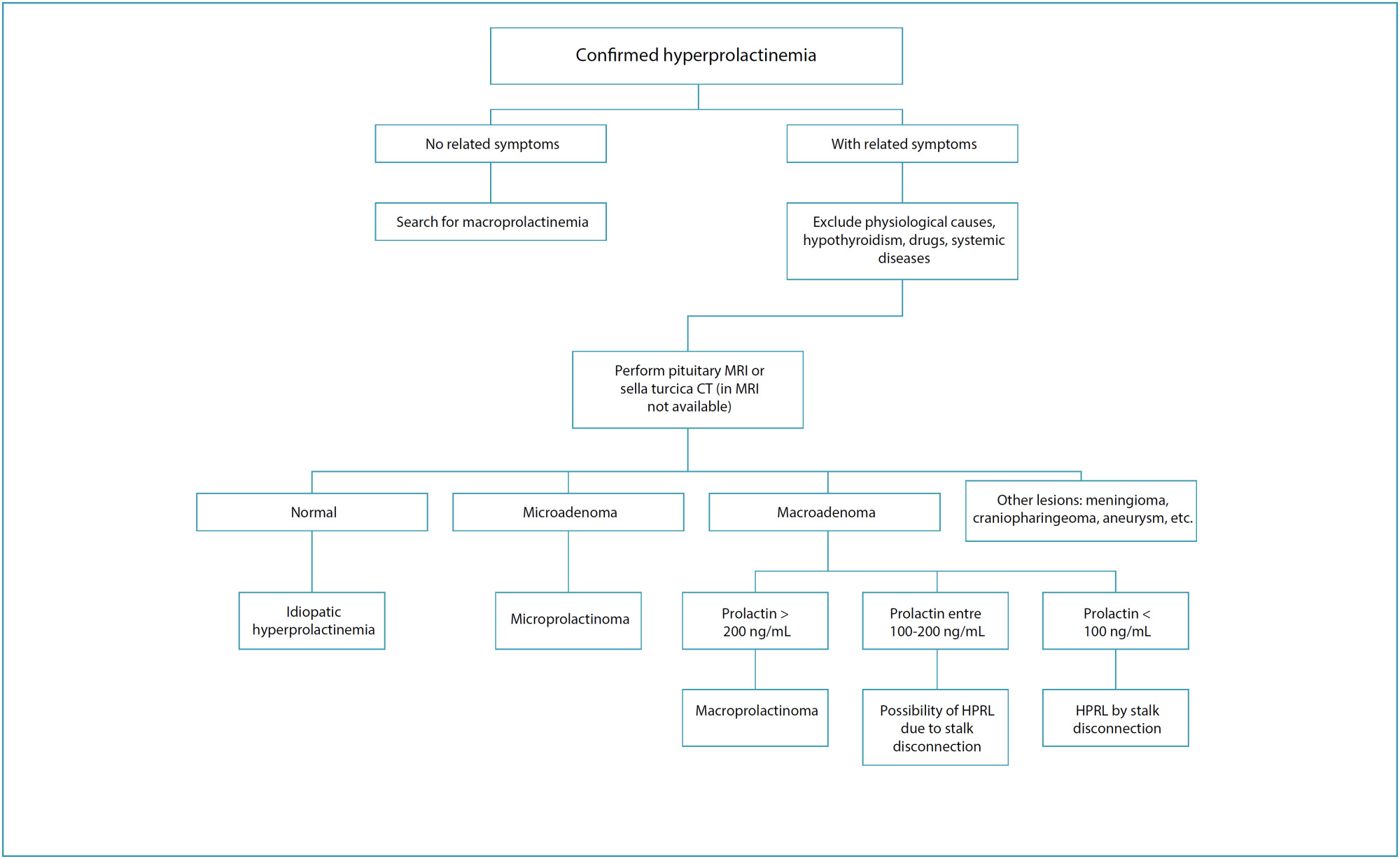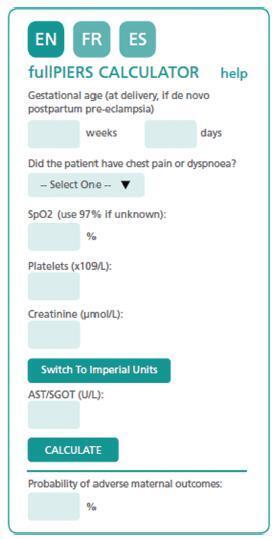-
Original Article01-23-2022
Nutritional Status of Iodine in a Group of Pregnant Women from the State of Minas Gerais Correlated with Neonatal Thyroid Function
Revista Brasileira de Ginecologia e Obstetrícia. 2022;44(10):909-914
Abstract
Original ArticleNutritional Status of Iodine in a Group of Pregnant Women from the State of Minas Gerais Correlated with Neonatal Thyroid Function
Revista Brasileira de Ginecologia e Obstetrícia. 2022;44(10):909-914
Views142See moreAbstract
Objective
To evaluate the iodine sufficiency of pregnant women assisted in a University Hospital of Minas Gerais, and to correlate the urinary concentrations of maternal iodine with the fetal thyroid hormone levels at birth.
Methods
Urinary iodine concentrations from 30 pregnant women with a singleton pregnancy and gestational age lower than 20 weeks were analyzed. Occasional samples of the mothers’ urine were collected for the urinary iodine concentration dosage, and these were correlated with the newborns’ thyroid-stimulating hormone (TSH) levels.
Results
The median iodine urinary concentration of this study’s pregnant women population was 216.73 mcg/l, which is proper for the group, following the World Health Organization (WHO). No cases of neonatal hypothyroidism were reported in the study, which corroborates the iodine sufficiency in this population sample.
Conclusion
This study shows that despite the increased demand for iodine from pregnant women and the Brazilian Health Regulatory Agency (ANVISA) recommendation of 2013 for reduction of salt iodization levels, the population of pregnant women attended in the prenatal ambulatory of normal risk from the Federal University of Minas Gerais is considered sufficient in iodine. As a higher sample is necessary for the confirmation of these findings, it is too early to recommend the universal supplementation of iodine for Brazilian pregnant women, and more studies must be carried out, considering that iodine supplementation for pregnant women in an area of iodine sufficiency is associated to the risks of the fetus’s excessive exposure to iodine.
-
Editorial01-23-2022
Fear of Childbirth: It is Time to Talk About It!
Revista Brasileira de Ginecologia e Obstetrícia. 2022;44(10):907-908
Abstract
EditorialFear of Childbirth: It is Time to Talk About It!
Revista Brasileira de Ginecologia e Obstetrícia. 2022;44(10):907-908
Views200Fear encompasses concerns on a spectrum ranging from mild fear to phobia. When it comes to fear related to childbirth, there is no consensus on its exact definition. However, there is no doubt about its importance in obstetric care.– When fear of childbirth is intense, it can harm the woman’s health,, becoming a disabling factor […]See more -
Original Article01-06-2022
Robson’s Ten Group Classification System to Evaluate Cesarean Section Rates in Honduras: The Relevance of Labor Induction
Revista Brasileira de Ginecologia e Obstetrícia. 2022;44(9):830-837
Abstract
Original ArticleRobson’s Ten Group Classification System to Evaluate Cesarean Section Rates in Honduras: The Relevance of Labor Induction
Revista Brasileira de Ginecologia e Obstetrícia. 2022;44(9):830-837
Views212See moreAbstract
Objective
To use the Robson Ten Group Classification (RTGC) to analyze cesarean section (CS) rates in a Honduran maternity hospital, with focus in groups that consider induction of labor.
Methods
Cross-sectional study. Women admitted for childbirth (August 2017 to October 2018) were classified according to the RTGC. The CS rate for each group and the contribution to the overall CS rate was calculated, with further analyses of the induction of labor among term primiparous (group 2a), term multiparous (group 4a), and cases with one previous CS (group 5.1).
Results
A total of 4,356 women were considered, with an overall CS rate of 26.1%. Group 3 was the largest group, with 38.6% (1,682/4,356) of the cases, followed by Group 1, with 30.8% (1,342/4,356), and Group 5, with 10.3% (450/4,356). Considering the contribution to overall CS rates per group, Group 5 contributed with 30.4% (345/1,136) of the CSs and within this group, 286/345 (82.9%) had 1 previous CS, with a CS rate > 70%. Groups 1 and 3, with 26.6% (291/1,136) and 13.5% (153/1,136), respectively, were the second and third larger contributors to the CS rate. Groups 2a and 4a had high induction success, with low CS rates (18.4 and 16.9%, respectively).
Conclusion
The RTGC is a useful tool to assess CS rates in different healthcare facilities. Groups 5, 1, and 3 were the main contributors to the CS rate, and groups 2 and 4 showed the impact and importance of induction of labor. These findings may support future interventions to reduce unnecessary CS, especially among primiparous and in women with previous CS.
-
Editorial01-06-2022
The Role of Entrustable Professionals Activities in the Training of Specialists in Gynecology and Obstetrics
Revista Brasileira de Ginecologia e Obstetrícia. 2022;44(9):819-820
Abstract
EditorialThe Role of Entrustable Professionals Activities in the Training of Specialists in Gynecology and Obstetrics
Revista Brasileira de Ginecologia e Obstetrícia. 2022;44(9):819-820
Views112Competency-based training emerged in the early 2000s and stands out as the primary internationally recognized guidance model for undergraduate and postgraduate (PG) training. The knowledge, skills, and attitudes expected from physicians and specialists were established in competencies frameworks. In Brazil, the Medical Residency Commission (COREME) of the Brazilian Federation of Gynecology and Obstetrics Associations (Febrasgo) […]See more -
FEBRASGO POSITION STATEMENT12-17-2021
Fertility preservation in women with endometriosis Number 10 – October 2021
Revista Brasileira de Ginecologia e Obstetrícia. 2021;43(10):796-801
Abstract
FEBRASGO POSITION STATEMENTFertility preservation in women with endometriosis Number 10 – October 2021
Revista Brasileira de Ginecologia e Obstetrícia. 2021;43(10):796-801
-
Letter to the Editor12-17-2021
Rescue Vaginal Cerclage to Stop Funneling Following Laparoscopic Cerclage
Revista Brasileira de Ginecologia e Obstetrícia. 2021;43(10):794-795
Abstract
Letter to the EditorRescue Vaginal Cerclage to Stop Funneling Following Laparoscopic Cerclage
Revista Brasileira de Ginecologia e Obstetrícia. 2021;43(10):794-795
Views145Dear Editor,Laparoscopic cerclage is an effective treatment option for cervical insufficiency leading to repeated preterm birth. However, surgical intervention with various cerclage techniques, such as vaginal, transabdominal laparoscopic approaches, still remains the ultimate solution, unfortunately, without the guarantee of success. There is still no consensus regarding the priority of each technique over the other. However, […]See more -
Letter to the Editor12-17-2021
Urology-Related Conditions Should Not Be Overlooked in Women with Polycystic Ovary Syndrome
Revista Brasileira de Ginecologia e Obstetrícia. 2021;43(10):793-793
Abstract
Letter to the EditorUrology-Related Conditions Should Not Be Overlooked in Women with Polycystic Ovary Syndrome
Revista Brasileira de Ginecologia e Obstetrícia. 2021;43(10):793-793
Views143Dear Editor,It has been documented that women with polycystic ovary syndrome (PCOS) may suffer from sequelae that can surpass the obstetrics and gynecology armamentarium. For example, Shah and Rasool gathered data from the literature showing clear evidence that PCOS is associated with an increased risk of developing type-2 diabetes mellitus, hypertension, dyslipidemia, endometrial cancer, and […]See more -
Case Report12-17-2021
Abnormal Uterine Bleeding in Adolescence: When Menarche Reveals other Surprises
Revista Brasileira de Ginecologia e Obstetrícia. 2021;43(10):789-792
Abstract
Case ReportAbnormal Uterine Bleeding in Adolescence: When Menarche Reveals other Surprises
Revista Brasileira de Ginecologia e Obstetrícia. 2021;43(10):789-792
Views263See moreAbstract
Introduction
Abnormal uterine bleeding is more frequent in adolescence. Although, most commonly, it has a non-structural etiology, it may be due to any cause described.
Clinical case
A 12-year-old adolescent, with no relevant personal history, menarche 1 month before, was observed in the emergency department for severemenstrual bleeding with progressive worsening, and hemodynamic repercussion in need of transfusion support. Physiological ovulatory dysfunction associated with possible previously unknown coagulopathy was considered to be the most likely diagnosis and medical treatment was initiated. Without response, the patient was submitted to sedated observation and uterine aspiration, which ultimately led to the diagnosis of a Burkitt Lymphoma.
Discussion
Although structural causes, and particularly malignancy, whether gynecological or not, are a rare cause of abnormal uterine bleeding in this age group, they must be considered, thus enhancing the fastest and most appropriate treatment.
Search
Search in:
Tag Cloud
Pregnancy (252)Breast neoplasms (104)Pregnancy complications (104)Risk factors (103)Menopause (88)Ultrasonography (83)Cesarean section (78)Prenatal care (71)Endometriosis (70)Obesity (61)Infertility (57)Quality of life (55)prenatal diagnosis (51)Women's health (48)Maternal mortality (46)Postpartum period (46)Pregnant women (45)Breast (44)Prevalence (43)Uterine cervical neoplasms (43)





